Sign up for the Guardian Today US newsletter
Intensive care units filled to capacity across California this weekend, as Covid-19 cases and hospitalizations continued to rise at alarming rates.
Hospitals in the San Joaquin Valley, the state’s agricultural hub, reported on Saturday its ICU bed capacity had dropped to zero for the first time. The region’s capacity fluttered back to 1.5% on Monday, but the situation remained precarious.
Overall ICU capacity across California dropped to 7.4% on Monday, as hospitalizations reached record highs. Meanwhile, infections continued to rise. More than 33,000 new cases were reported statewide in the last 24 hours, even though more than 77% of the state is under regional stay-at-home orders in hopes of easing the pressure on a stretched-thin healthcare system.
‘The virus is moving in’: why California is losing the fight against Covid
Read more
California’s rural areas, already operating within a sparser and more spread-out healthcare system than the more populated parts of the state, were a specific point of concern for Gavin Newsom, the governor, when he made the decision to implement the new stay-at-home order earlier this month.
One in 10 residents in the San Joaquin Valley who have taken a Covid test have tested positive. Counties within the region either neared ICU capacity or filled to capacity this weekend – San Benito county had no ICU beds while San Joaquin county had just six beds. Kern county had 10 ICU beds for a county of 900,000, and Kings county had three beds.
Office of the Governor of California
(@CAgovernor)
There is less than 10% ICU capacity remaining statewide.
We are at a critical moment.
Calling all Californians — stay home & wear a mask to save lives.
All hands on deck with our health & emergency teams as we address the capacity crisis. pic.twitter.com/gj53eGKKlG
December 11, 2020
Los Angeles county, the country’s most populous county, broke a record again for coronavirus hospitalizations on Sunday, with more than 4,000 people hospitalized for Covid-19. The southern California region currently has a 4.2% ICU capacity.
Regional stay-at-home restrictions went into effect for the nearly 23 million residents in the southern California region and the 4.4 million residents of the San Joaquin Valley region last week, as ordered by Newsom. The 3.5 million residents of the greater Sacramento region reached the threshold on Thursday – the orders took effect on a region-by-region basis when hospital ICU beds in the region dropped to below 15%. In the Bay Area, five counties voluntarily enacted the stay-at-home restrictions before their region fell below 15%.
Across California, public health officials are reporting rates of infection unseen before in the pandemic. California has recorded more than 1.5m cases and more than 21,000 deaths, with numbers expected to keep rising. Public health officials had expected a surge to come with the flu season, as well as with the Thanksgiving travel, but the numbers have been jarring, nonetheless. “This is the most challenging moment since the beginning of this pandemic,” Newsom said last week.
The influx of infections on California’s healthcare system is only further complicated by residents and local officials unwilling to follow public health directives to curb the spread of the virus.
“There is zero evidence that the activities that take place in California businesses, restaurants, gymnasiums and hair salons have any impact at all or are leading in any part to the current surge with Covid-19,” Steve Brandau, a local Fresno county lawmaker, said in a Facebook video after his county entered lockdown. “The whole world is seeing a surge. European nations that were in severe lockdown are seeing a surge. American states like Florida who have done no lockdown are seeing a surge. Is it really doing anything or is it just making our sun king governor feel good about himself?”
Fresno county, which has had issues with public health messaging from local leadership since the beginning of the pandemic, now has just 13 ICU beds available for the entire county of more than 999,000. Brandau was among a number of local officials who contracted Covid-19 after attending an election night dinner.
In San Diego, Newsom issued a cease-and-desist letter to two clubs that continued to operate, despite the stay-at-home order. “Businesses and individuals who fail to comply with necessary public health measures endanger the public health and pose a serious risk to all Californians,” Patty Li, California deputy attorney general, wrote.
Office of the Governor of California
(@CAgovernor)
COVID-19 is widespread & we need Californians to reduce mixing by staying home.
By ignoring medical professionals, they endanger lives & put more pressure on our hospitals.
We have issued a cease & desist to 2 clubs in San Diego. More action to follow. pic.twitter.com/DaiAIjaGW9
December 13, 2020
California’s healthcare struggles came as an ICU nurse became the first Californian to receive a Covid-19 vaccine. Helen Cordova received a shot of the Pfizer vaccine at Kaiser Permanente Los Angeles medical center, with Newsom present for the historic event. California was set to receive 325,000 initial doses of the vaccine. “Hope has arrived,” the governor tweeted.
Office of the Governor of California
(@CAgovernor)
Helen is the first to get a #COVID19 vaccine in CA. Today equitable & safe administration of vaccines begins with health care workers and Californians in long-term care settings.
Until widely available, we all must stop the spread. Stay home. Wear a mask. Save lives. pic.twitter.com/esrYAwGX9i
December 14, 2020


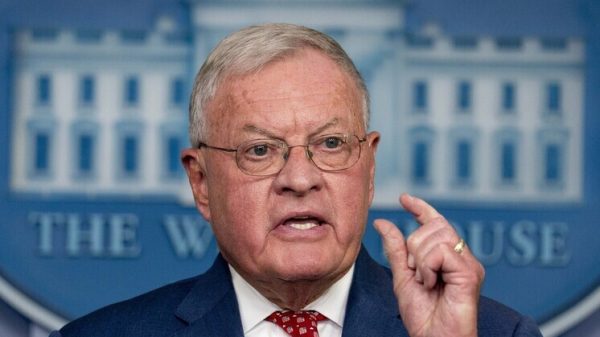





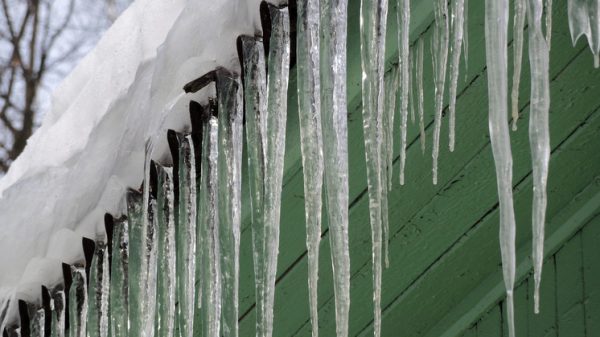
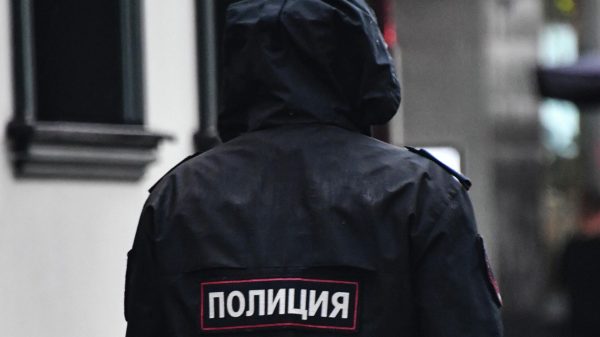
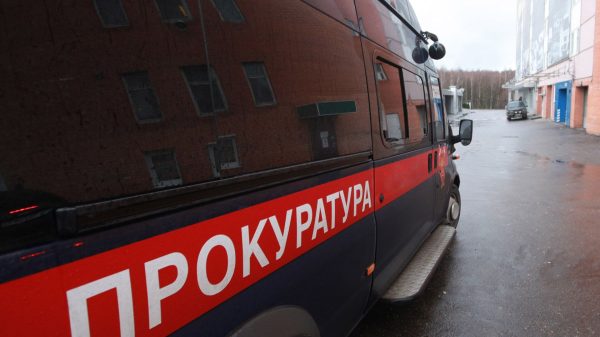
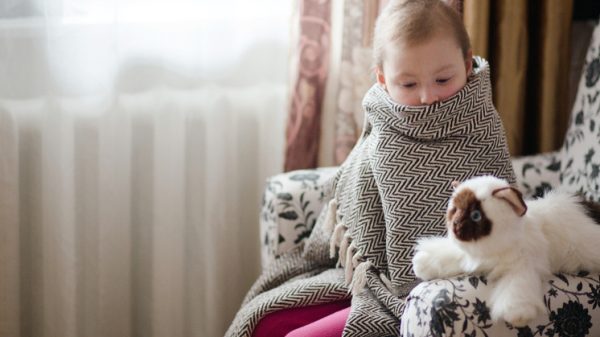

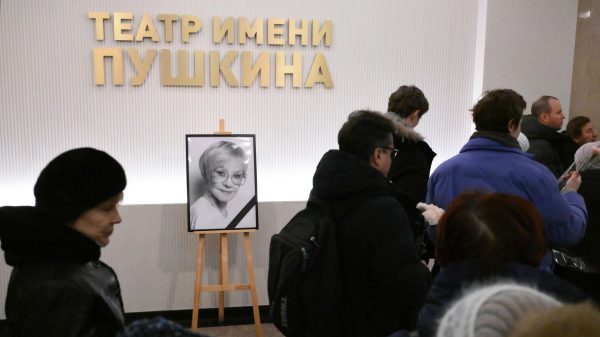

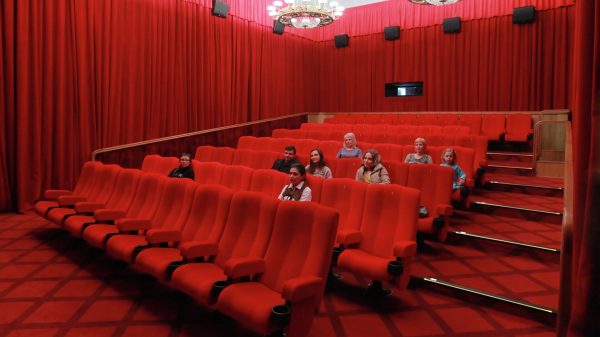

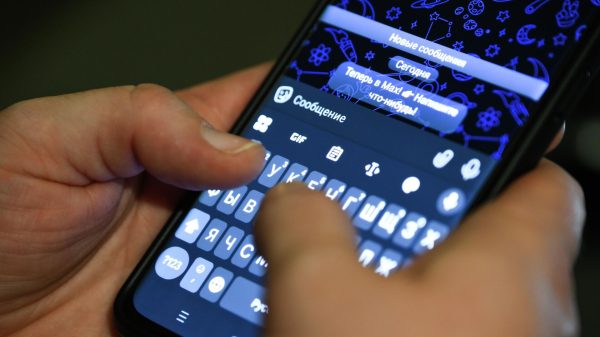





















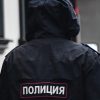












Свежие комментарии